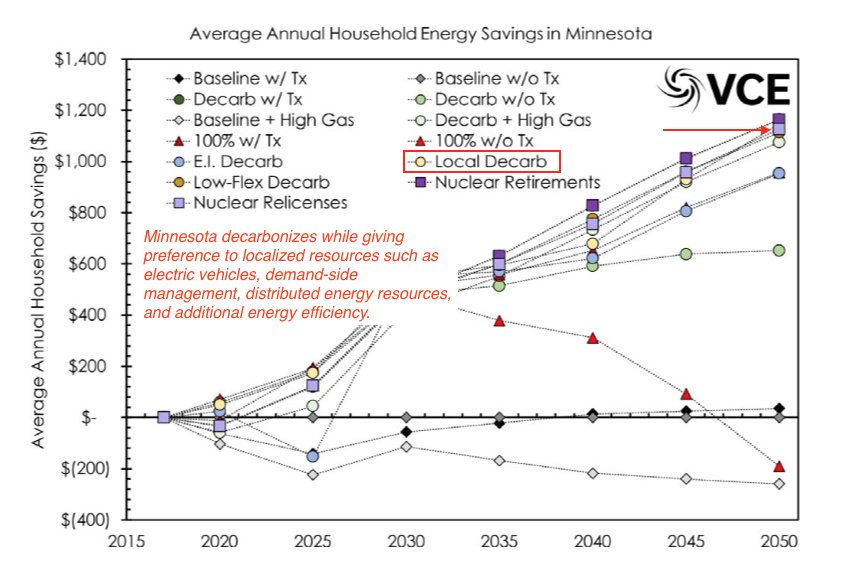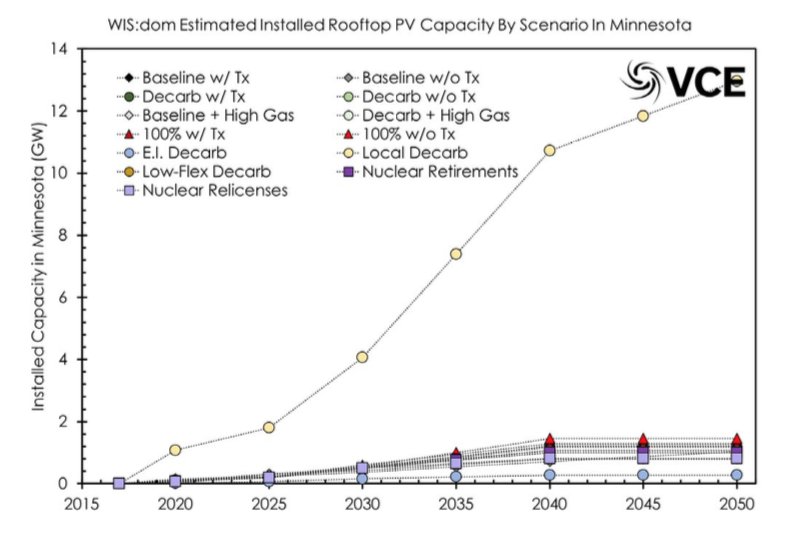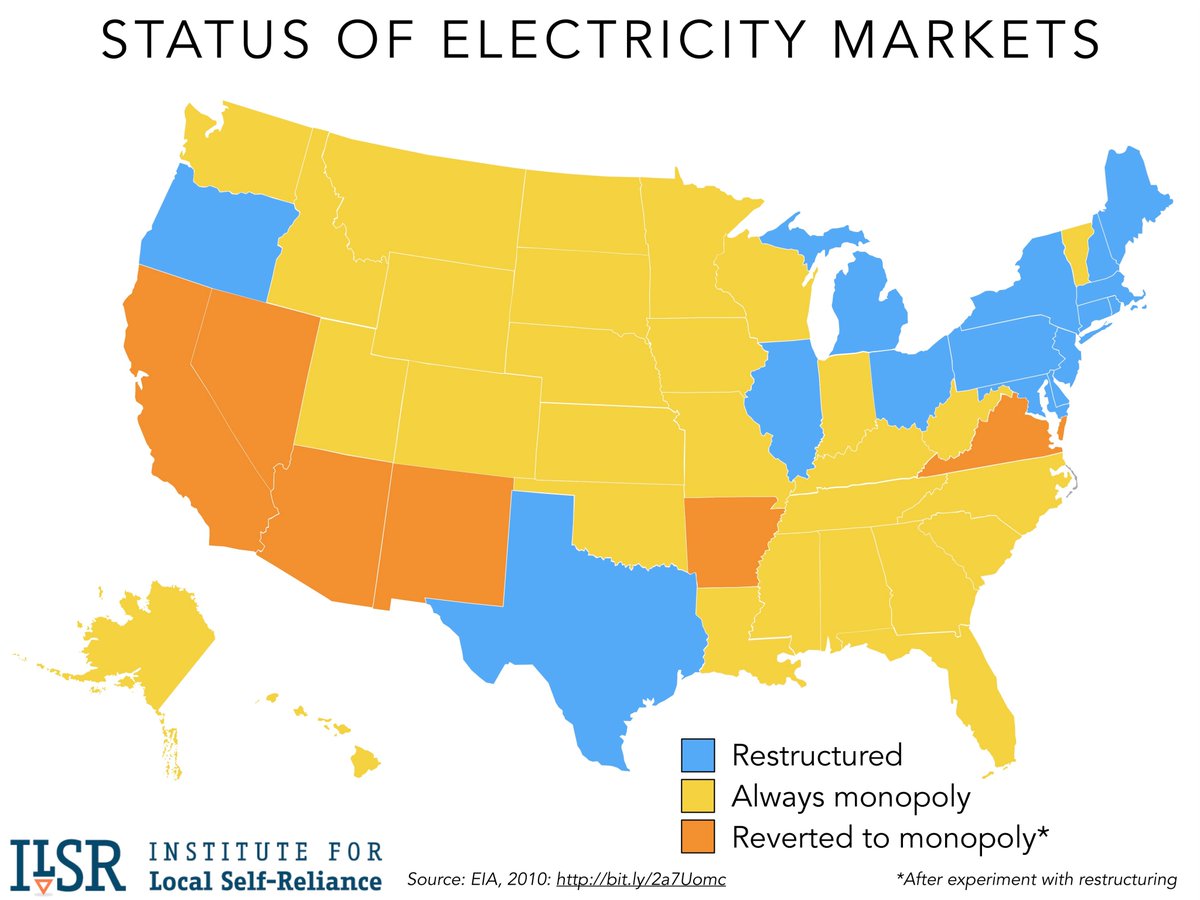
More than half of households have at least two cars, more than half have a garage or carport. With used electric cars available for under $10k, I'd say there are ways to avoid gas lines without owning a Tesla. #DriveElectric
Data on car ownership: cnbc.com/2014/11/18/two…
Data on garages / carports: cnbc.com/2014/11/18/two…
Used Nissan Leaf prices: cars.com/for-sale/searc…
Of course, we can't ignore the racial component. Black families are far less likely to own a car (a perverse shield from this fuel availability issue) but also, due to long-term income and wealth disparities, less likely to be able to manage the costs.
• • •
Missing some Tweet in this thread? You can try to
force a refresh







